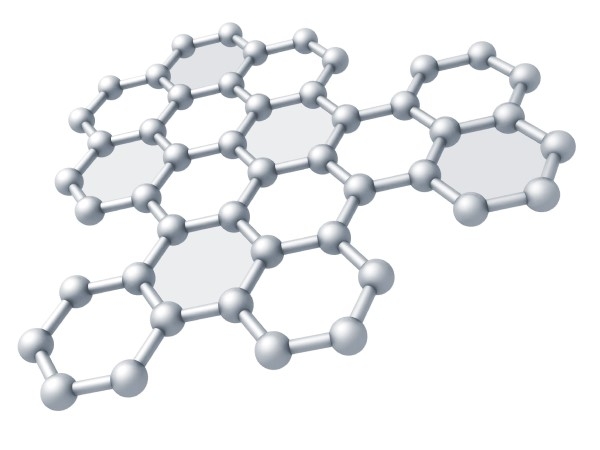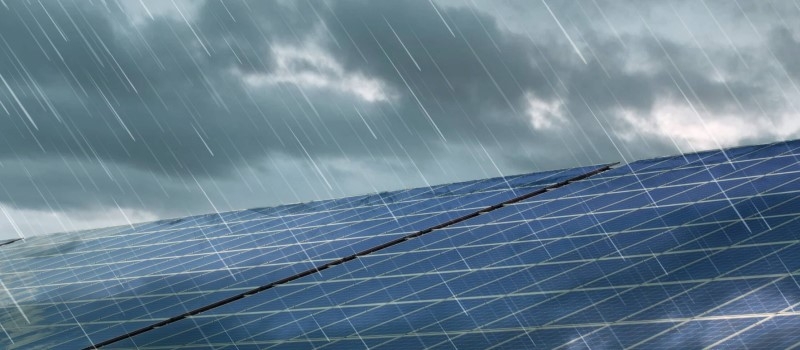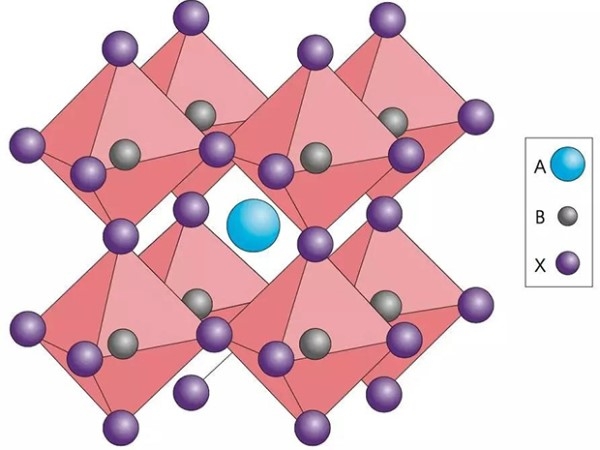With the advancement of technology and environmental awareness, solar energy, as a clean and renewable energy source, has received more and more attention. Solar power systems rely heavily on the radiant energy of sunlight to work, therefore, on cloudy, rainy days or at night, the amount of power generated by solar power systems can be affected due to a significant reduction in light intensity. However, modern solar power systems have developed various coping strategies to ensure that they continue to work even on cloudy and rainy days.
Solar Panels on Cloudy Days
To understand how solar energy works on a cloudy day, we first need to understand how solar panels generate electricity. Simply put, the sun is a mega-energy emitting station that constantly sends a large number of particles, which we call photons, out into cosmic space. On earth, we then capture these photons using solar panels, which all contain a semiconductor material, most commonly silicon. When sunlight hits a solar power panel, the atoms of the semiconductor material are excited, releasing free electrons. The free electrons flow inside the cell and an electric current is formed. This process is called the photovoltaic effect.

Understanding the process of photovoltaic power generation, it can be concluded that even if it is cloudy or rainy, the sunlight is equally able to penetrate the clouds and reach the ground; and as long as there is sunlight, the solar power generation equipment can work, only that the operational efficiency will be affected.
On cloudy days, thick clouds block direct sunlight, resulting in less light energy being received by the PV panels. In addition, the water film formed by rainwater on the surface of the solar panel also reduces the light transmission rate, further reducing the amount of power generated. However, even under these circumstances, solar panels can still generate electricity using scattered and indirect light.
New Type of Material
Some new solar panel technologies can generate electricity on cloudy days and even at night. These technologies achieve the ability to generate electricity in different weather conditions by storing the unabsorbed visible and near-infrared light energy and releasing it at the right time.
Perovskite Solar Panels
Perovskite has the unique optical property of being able to absorb a wider range of the spectrum, including visible and near-infrared light, which means that solar cells using perovskite are still able to capture light energy and convert it into electricity when the light intensity is low.
Not only that, thanks to the optimization of its crystalline structure and composition, perovskite material has a high photoelectric conversion efficiency and can achieve a high current output even under low light conditions. It also has a flexible morphology, can be made into a thin film form, can be produced using roll-to-roll printing technology, is lightweight and flexible, and can be installed on objects of different shapes and sizes.
Graphene Solar Panels

By coating the surface of an ordinary solar panel with a graphene layer, it can enhance its ability to generate electricity on rainy days. It utilizes the property that the electrons of graphene can absorb the positive charges (such as sodium ions, calcium ions, etc.) in rainwater, and treats the rainwater on the surface of the photovoltaic panel as a capacitor. When this capacitor stores energy, the positive and negative ions are layered, and the potential difference between the two layers is very large, thus generating electricity.
Graphene materials can also be made into thin-film solar panels, which have the advantage of being lightweight and quick, while being inexpensive enough for home use. However, they are less efficient at generating electricity under cloudy conditions, at around 6 to 8 percent, while typical crystalline silicon solar panels can achieve high efficiencies of 20 to 25 percent.
Batteries on Cloudy Days
Modern solar energy systems are often equipped with an energy storage system, such as a solar battery. The purpose of an energy storage system is to store electricity when the sun is shining so that it can be used on cloudy days, rainy days or at night. With the continuous development of technology, the efficiency and capacity of the storage system is constantly improving, making solar energy reliable even on cloudy and rainy days.
More than just storing energy, solar batteries can also do that when it's cloudy:
- Power balance: The output power of photovoltaic power generation will be reduced with the weakening of light intensity, and the battery can balance this power fluctuations, so that the system can maintain a certain range of stable power output.
- System flexibility: The addition of batteries creates a buffer between the PV system's power output and the load demand, especially in areas with variable weather, the batteries can effectively reduce the impact of weather changes on the power supply.
- Maintenance of panels: As water or snow may accumulate on the surface of PV panels during rainy days, it has an impact on their power generation efficiency, whereas batteries are not affected by environmental factors and can serve as an important guarantee for the stable operation of solar energy systems.

In order to cope with the impact of cloudy weather on the amount of electricity generated by a solar system, other measures can be taken, such as increasing the capacity of the system, adjusting the angle of the panels, installing a back-up power supply or considering a grid-connected system, among others. Furthermore, increasing the efficiency of solar panels can also provide more power generation under limited sunlight conditions. To buy high efficiency solar panels, please visit powerhome.com, we provide high quality products and after-sales service, and strive to guarantee you a perfect shopping experience.
(1).png)

(1).png)